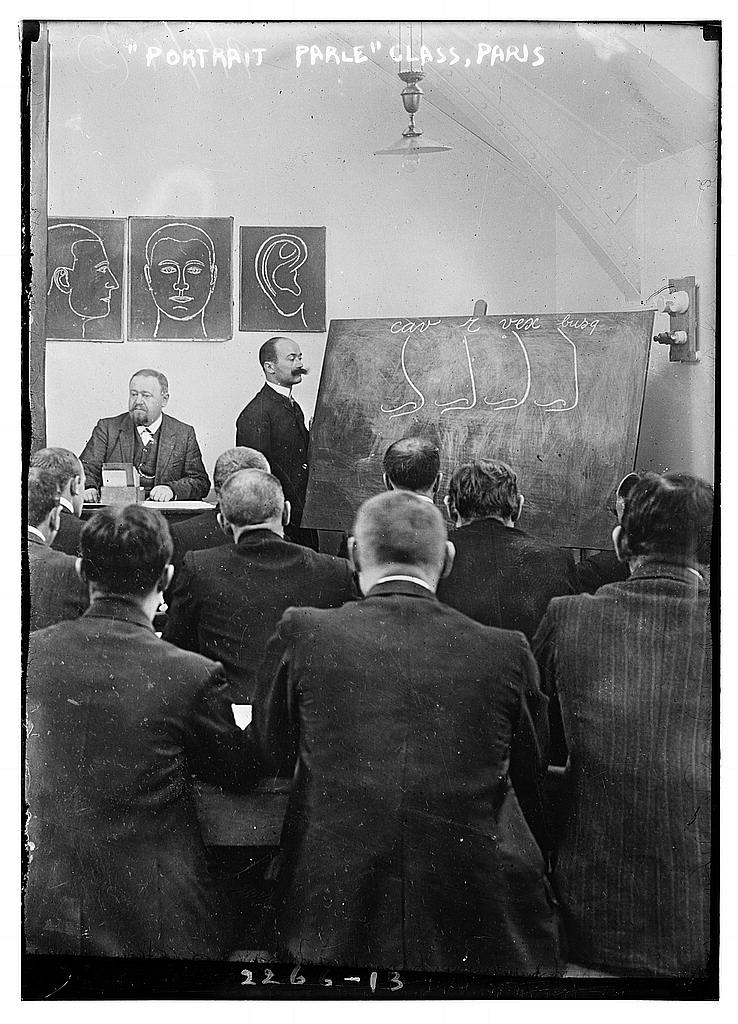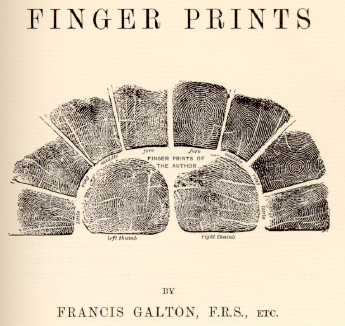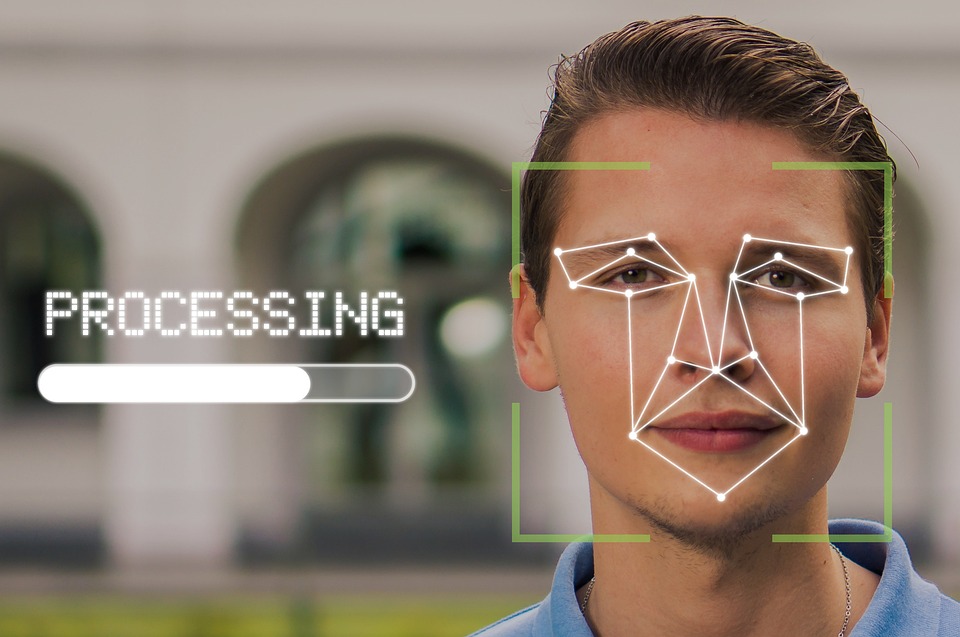Imagine if you could pay for something by taking a selfie.
Paying for something with your face sounds like something from a sci-fi movie. But today, it’s just one of the many futuristic biometrics examples possible.
Biometrics — and the technology to enable them — are growing in scope and ability. With that increasing scale, businesses are looking for novel ways to employ the technology.
And one place that presents plenty of opportunity for biometrics examples, is customer service.
What are biometrics?
Biometrics is a system of measurement based on biological characteristics. The term ‘biometrics’ is the technical term for the metrics related to physical human traits.
When we look at someone we know, we can identify them by their face or their voice. Or even by the sound they make when they walk up the stairs. Biometrics is a way to replicate this recognition on a huge scale.
In other words, biometrics are a way to identify people based on their unique features. Think their face, their eyes, their voice, their fingerprints, and so on.
All sorts of different aspects of human physiology can provide a means for biometric identification. As such, many different types of biometric examples are possible.
The most well-known instances are facial recognition, fingerprint recognition, and voice recognition.
Other, less-talked-about types include gait, iris recognition, vein mapping, and even typing rhythm.
The rise of biometrics
Biometrics examples date back further than you might expect. The act of cataloguing fingerprints, for instance, dates to 1881. The idea itself, it’s argued, originates from the mid-1800s. Alphonse Bertillon invented anthropometrics to identify recurring criminals. Francis Galton’s method for categorising fingerprints is another example of early biometric study.
But the rise in biometrics for use outside of law enforcement happened more recently. That is, biometric technology has grown to allow more widespread use.
For example, many of us have, at some point, unlocked our phones with biometrics — our fingerprints or our face.
In the news of late, we’ve seen facial recognition used in surveillance and the concerns it causes. And banks are increasingly offering voice biometrics to help with account security.
What biometrics bring to customer service
Biometrics is all about identification. So, biometrics examples in customer service revolve around the things you can do when you know who a given customer is.
This can, in most cases, narrow down to two key categories: personalisation and authentication.
Personalisation requires you to recognise the customers that visit you. Be they on your website, in your chat channel, or connected via the phone.
Biometrics provide you with a new way to identify each customer, no matter the channel. Without, that is, needing them to repeatedly introduce themselves.
Authentication, meanwhile, is about making sure a person is who they say they are. Biometrics provide a quick, convenient way to do this. (Without excessive password use.)
Instead, you can compare their current biometric data to their pre-existing biometric data, to make sure they are the person they claim to be.
But what are the specific ways you can use biometrics to benefit the customer experience?
Added security
Perhaps the most obvious of the biometrics examples for customer service surrounds security. Biometrics works by analysing individualised data.
So, consider a banking chat session. The need for security is paramount when it comes to a customer’s finances. So, before you can access accounts or share information, you need to make sure they are who they say they are.
This can involve tedious questions about first pets and mother’s maiden names. (Information which anyone could find out).
With biometrics, however, you can add an extra layer of security. The customer can authenticate themselves with their voice, or even with a quick face check.
Supporting self-service
The ease of identification afforded by biometrics also stands to boost self-service abilities. And, when 66% of customers like to start their experience with self-service, that’s nothing to sniff at.
For example, consider services that require authentication. No more sharing identifiable information with a customer service agent.
Instead, customers can self-serve, using biometrics to authenticate themselves quickly and easily. This also helps customers retain privacy.
From there, they can begin their support session without the need for security questioning. Or, they can continue to serve themselves, picking out age-restricted products, for instance.
More convenience
Another of the positive biometrics examples in customer service is the boost to convenience that biometrics can offer.
For example, customers don’t need to contact you because they’ve lost their password for your customer portal. Instead, they can access their account with their fingerprint.
Or, instead of entering their card information at checkout, they can simply smile for their phone camera for a second. Biometrics would authenticate the customer’s face, and authorise payment from a pre-entered card.
Keeping context
With the ongoing push for an omnichannel offering, you must maintain conversation context across your contact channels. This is another area where biometric examples highlight their utility for customer service teams.
Customers, understandably, hate repeating themselves. In fact, 33% list it as the most frustrating part of customer service. They become frustrated when, after swapping channels, they have to re-state their problem. Add to this the growing expectation for personalised service.
Suddenly the benefits of recognising your customers the moment they connect become apparent.
With biometrics and CRM integration, you can do exactly that. For example, a customer could start their journey via a chat session. Their data goes to your CRM as usual.
Then, a bit later they might follow up with a phone call. Biometrics would allow your system to recognise the customer by their voice. From there, agents can access the relevant account information, making for a smooth, omnichannel service.
Beyond biometrics examples
The ability to identify your customers without asking countless questions is something that stands to become key to great customer experiences.
With that in mind, biometrics examples like these are set to become commonplace.
Beyond an initial trend, however, the technology looks primed for longevity. Biometrics use offers security. It offers convenience, speed, and accuracy. And from a commercial perspective, the use of biometrics offers enormous scope for personalisation.
So, that selfie payment could only be the start of what’s to come.





